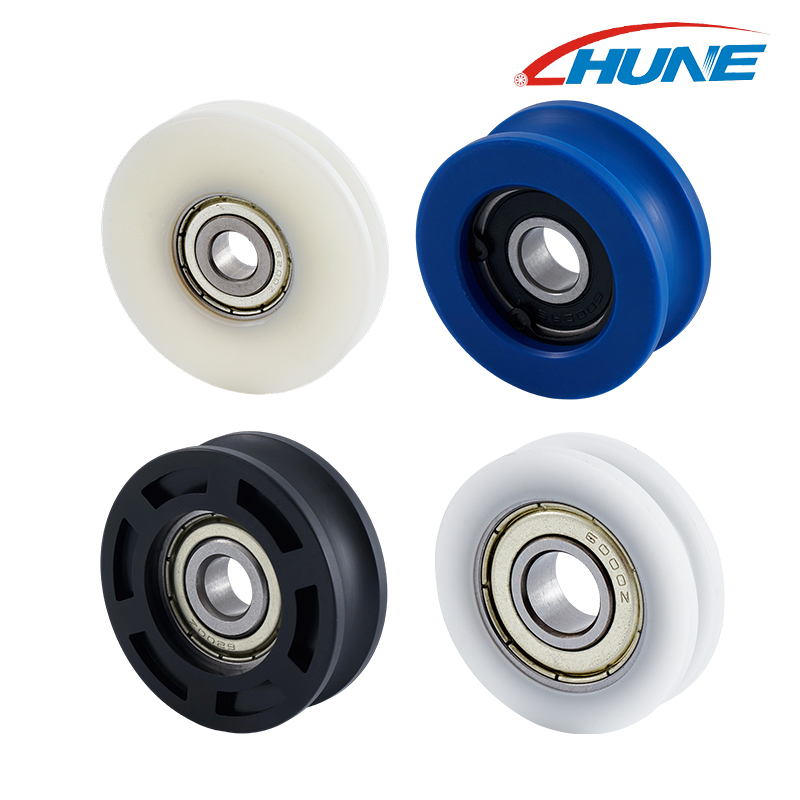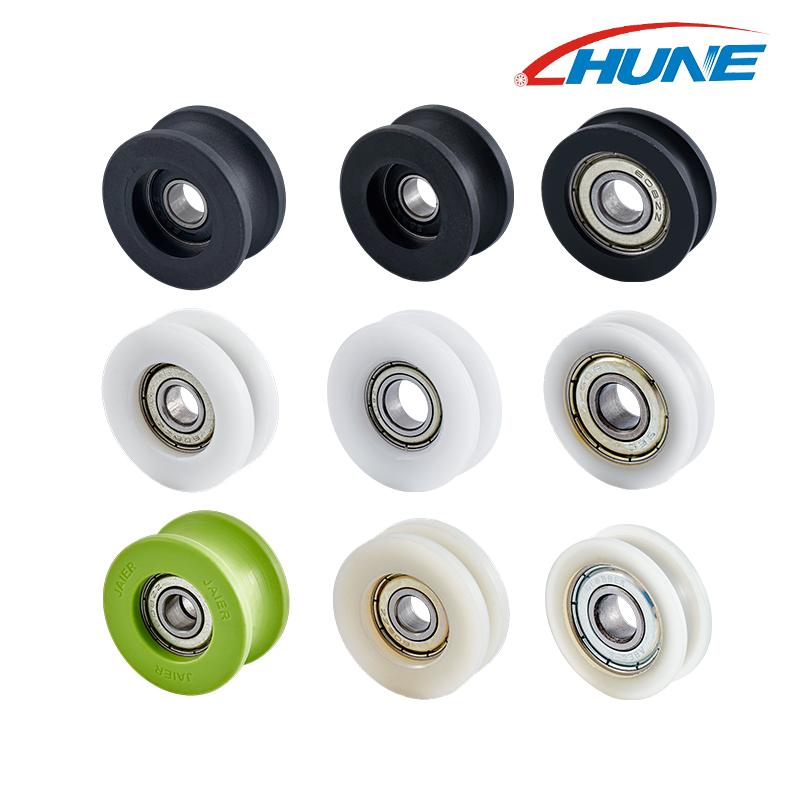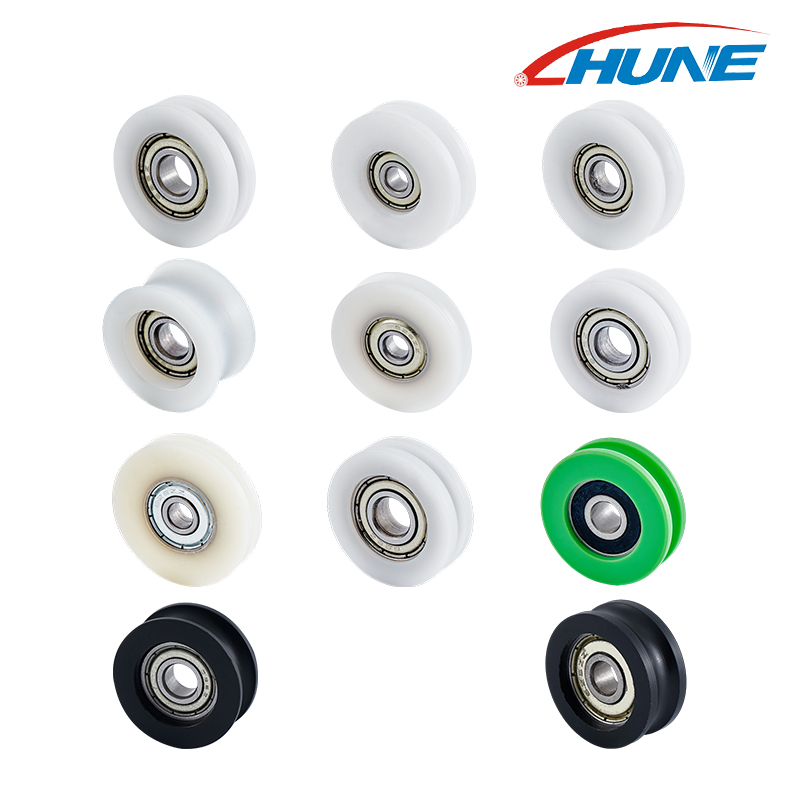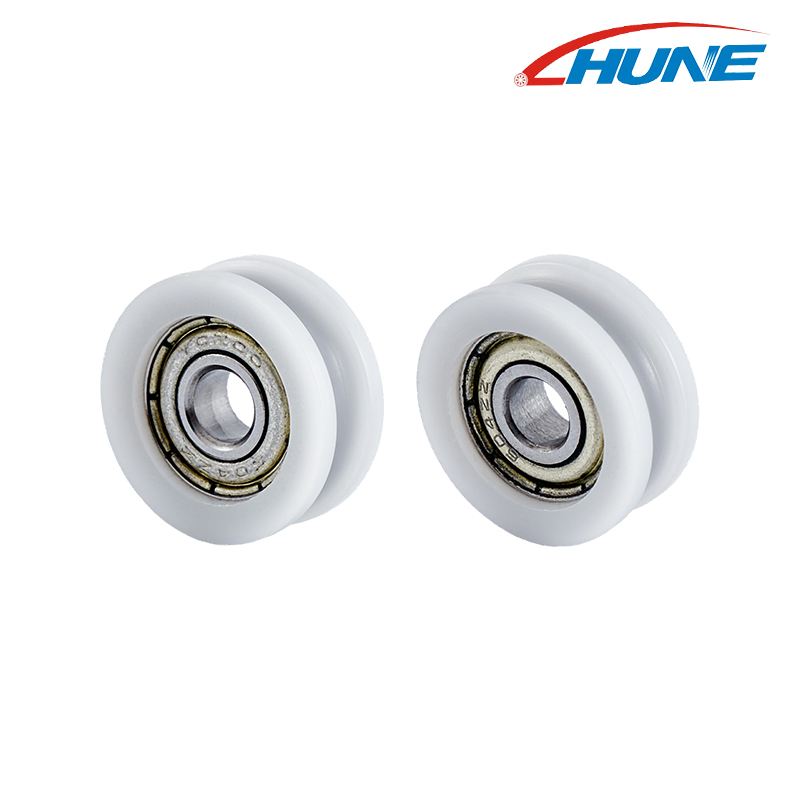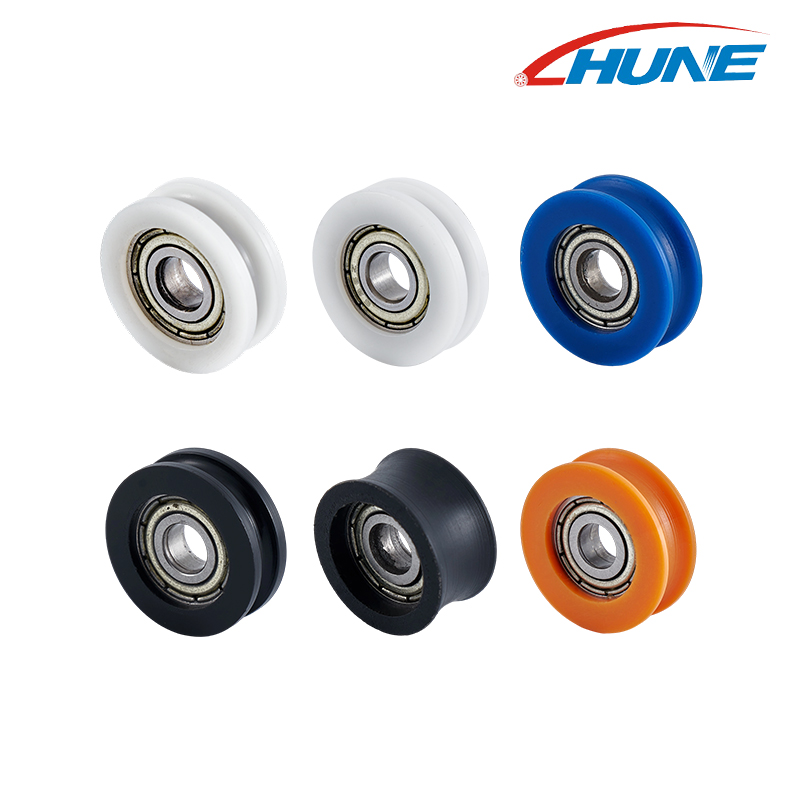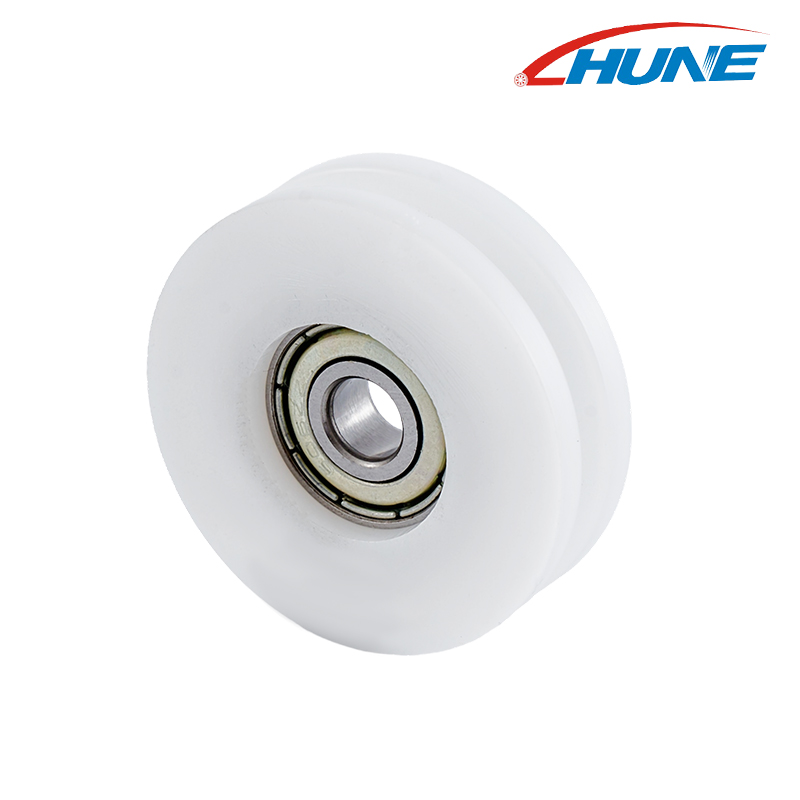Over the past few years, we have diligently pursued higher standards to enhance our product quality, aiming to deliver increased convenience and a better user experience.

-
 0㎡Plant Area
0㎡Plant Area -
 0+Staff
0+Staff -
 0Established in
0Established in -
 0+Exporting Countries
0+Exporting Countries
How Groove Geometry Enhances Load Control and Performance in U Type Groove Pulley Systems
The groove shape of a pulley plays a decisive role in how it handles force, manages tension, and sustains long-term mechanical performance. In high-load, high-frequency applications, the U Type Groove Pulley offers significant advantages thanks to its carefully engineered groove geometry. Unlike flat or V-shaped grooves, the U Groove Pulley With Bearing profile ensures a more stable contact surface with the cable or track, which results in better load distribution and improved wear resistance under constant operation.
The U groove design supports a wider and deeper channel, which helps reduce lateral slippage and stabilizes the direction of movement. This is especially valuable in machinery systems where precision and consistency are critical—such as sliding doors, industrial lifts, and automated equipment. A properly designed U groove also minimizes surface pressure by spreading the contact force across a broader area, reducing the likelihood of deformation or accelerated material fatigue over time.
Load-bearing capacity in pulley wheels isn't only determined by material strength or bearing quality—it's also a direct result of how forces interact with the groove shape under motion. InU Groove Pulley With Bearing, the cable or rolling element is cradled more symmetrically, limiting uneven stress distribution that can cause localized wear or cracking in the pulley rim. This makes the system more durable, especially under dynamic or impact loads, where shock absorption is crucial to prevent structural damage.
From a mechanical standpoint, a groove that follows a smooth, rounded contour allows for more even rotational forces. This helps reduce vibration and energy loss during repeated cycles, which in turn contributes to greater operational efficiency. In industrial setups that operate around the clock, these small design improvements can lead to noticeable reductions in motor strain and bearing temperature, extending the service life of both the pulley and the surrounding components.
Another factor often overlooked is how groove geometry affects alignment tolerance. The U groove offers a degree of self-centering, which helps accommodate minor inconsistencies in cable or track positioning without generating excessive side forces. This forgiving nature makes U Groove Pulley Wheel suitable for installations where perfect alignment is difficult to maintain, such as mobile cranes or older factory systems undergoing upgrades.
From a production standpoint, designing and manufacturing a U groove pulley requires precise machining, not just for form but for surface quality and balance. Even small imperfections in the groove radius can result in noise, wear irregularities, or reduced load efficiency. This is where experienced manufacturers add value—by ensuring each pulley is machined to exacting tolerances and paired with a bearing system that matches the expected operational demands.
Customers looking for a cost-effective way to enhance performance without replacing entire mechanical assemblies often find that upgrading to a well-designed U groove pulley wheel delivers immediate benefits. It's a relatively small component, but its influence on system reliability and mechanical consistency is significant. With proper design and material selection, the U groove becomes more than just a shape—it becomes a functional solution to long-standing mechanical challenges.
For projects that demand smooth operation under pressure, choosing a U Groove Pulley Wheel is not just a technical decision—it's a smart investment. With proven performance and carefully refined geometry, it provides exactly what mechanical engineers and maintenance teams value most: stability, efficiency, and long-term reliability.






 English
English  Español
Español  日本語
日本語 


